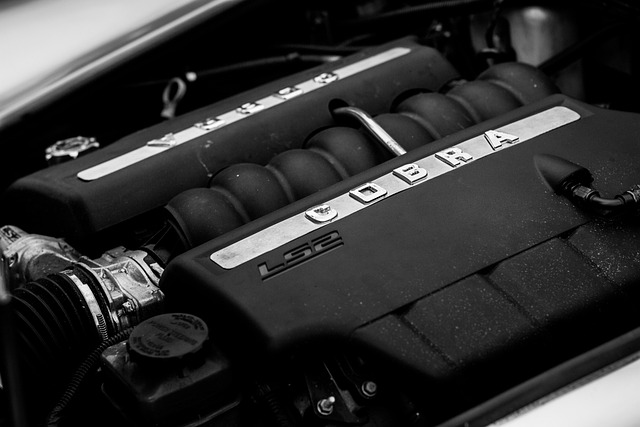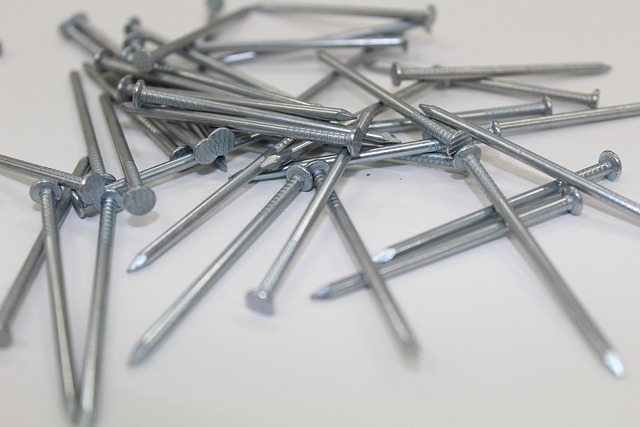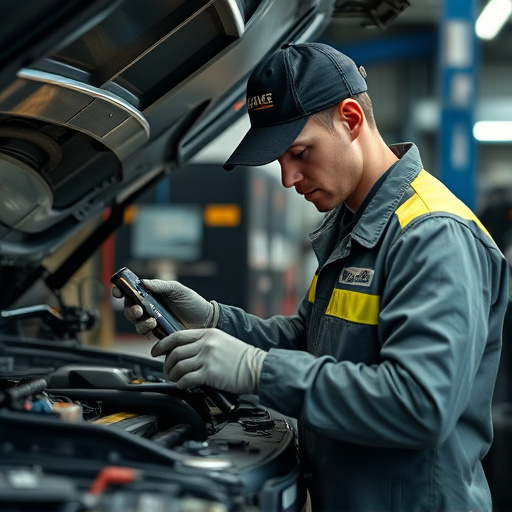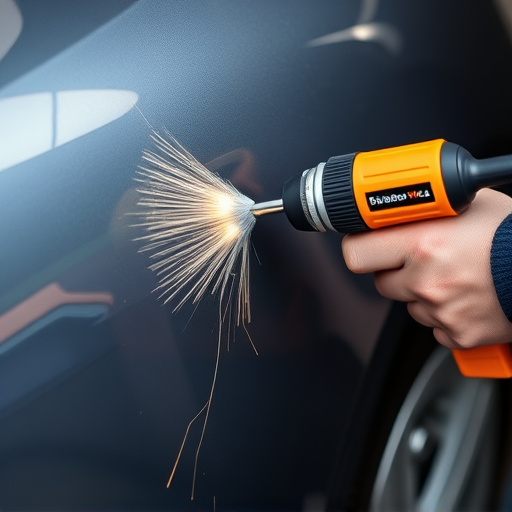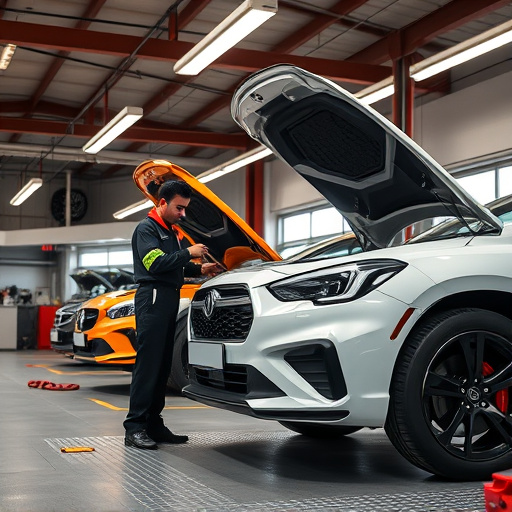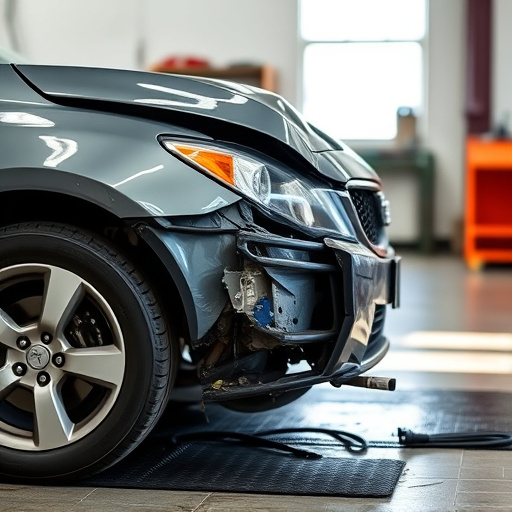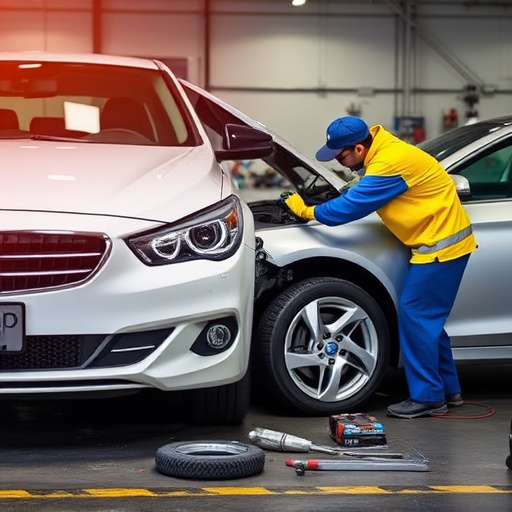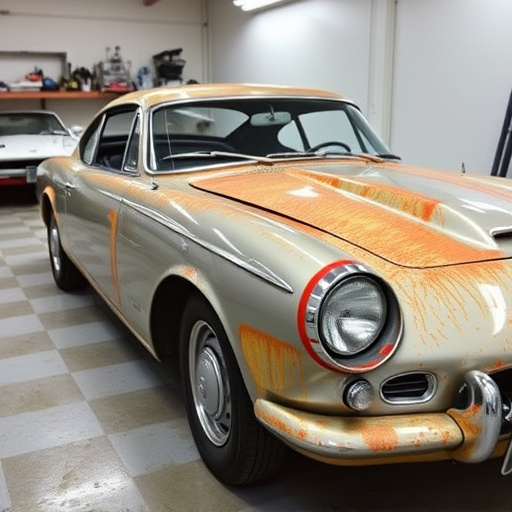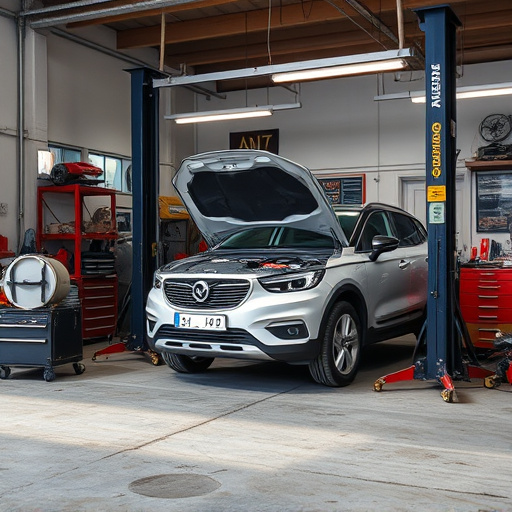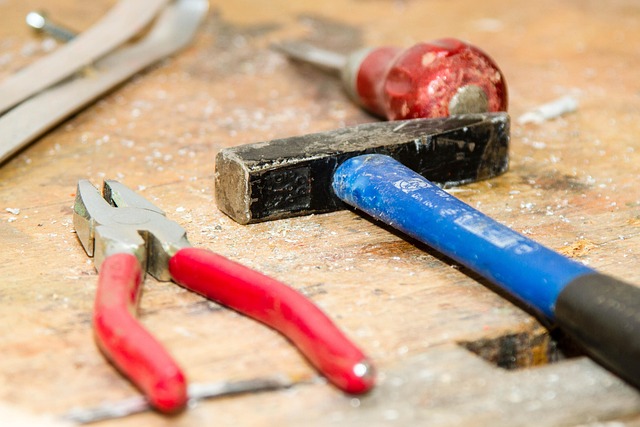OEM certified collision repair sets a high bar for vehicle bodywork, combining visual perfection with structural integrity. Technicians must be skilled in OEM specifications, utilizing advanced welding and CAD software to achieve precise repairs that meet original manufacturer standards. Continuous training is crucial for keeping up with industry changes and ensuring top-quality service that restores vehicles to pre-accident condition, fostering customer trust.
In the realm of automotive craftsmanship, Original Equipment Manufacturer (OEM) certified collision repair stands as a gold standard. This article explores the comprehensive training requirements essential for technicians aiming to achieve and maintain this prestigious certification. From understanding stringent OEM standards to outlining vital training components and emphasizing continuous education, we unravel the path to excellence in OEM certified collision repair, ensuring top-tier vehicle restoration.
- Understanding OEM Certified Collision Repair Standards
- Essential Training Components for Technicians
- Continuous Education and Certification Renewal
Understanding OEM Certified Collision Repair Standards
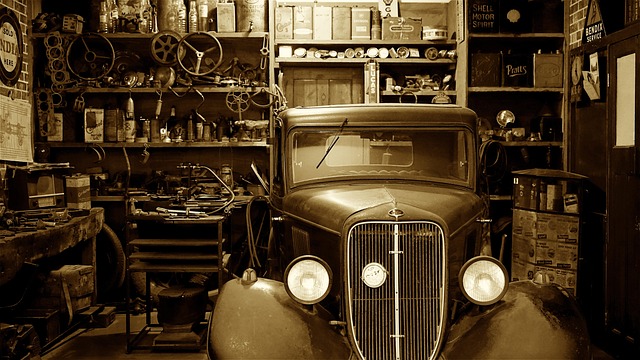
OEM certified collision repair sets a high standard for vehicle body repair, focusing on both aesthetic perfection and structural integrity. To achieve this, technicians must be adept in understanding and adhering to Original Equipment Manufacturer (OEM) specifications. These standards ensure that repairs not only match the original car’s appearance but also maintain its safety and performance characteristics.
The process involves a meticulous approach to automotive repair, where every detail from panel gaps to paint finishes is precisely measured and adjusted. This level of precision is crucial in restoring cars to their pre-accident condition, ensuring they are safe for the road and meet the high expectations of both owners and manufacturers. The ultimate goal is to deliver top-notch car bodywork that is as good as, if not better than, the original vehicle.
Essential Training Components for Technicians
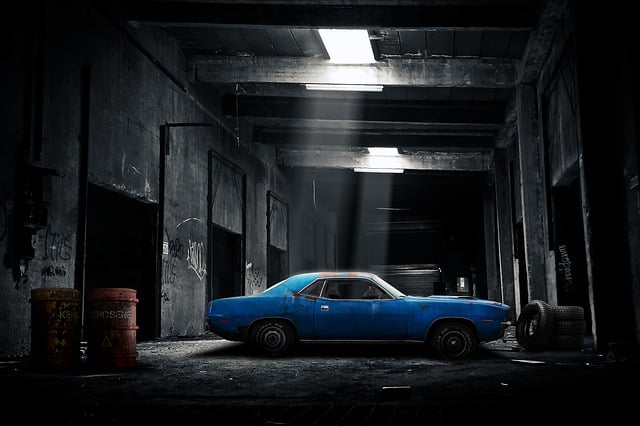
In the realm of OEM certified collision repair, training is the crucible where technicians forge their expertise. Essential components of this training include a deep understanding of original equipment manufacturer (OEM) standards and practices, which are vital for achieving precise frame straightening and ensuring every car body restoration meets the highest quality benchmarks.
The curriculum should encompass a wide range of topics such as advanced welding techniques, computer-aided design (CAD) software proficiency, and hands-on training in various auto collision repair procedures. Additionally, instructors must emphasize safety protocols, as these practices are not just beneficial for the technicians’ well-being but also guarantee the integrity of the final repairs.
Continuous Education and Certification Renewal

Staying ahead in the ever-evolving field of collision repair requires commitment to continuous education. OEM certified collision repair technicians must regularly participate in training programs and workshops to keep up with new technologies, techniques, and industry standards. This ongoing learning ensures that these professionals can deliver top-notch repairs that meet original equipment manufacturer (OEM) specifications, maintaining the safety, quality, and performance of vehicles.
Certification renewal is a crucial aspect of this process. Regularly updating certifications demonstrates a technician’s proficiency and keeps them informed about changes in the industry. For collision repair shops, encouraging staff to engage in continuous education not only benefits individual technicians but also enhances the shop’s reputation as a leading provider of vehicle body repair services, fostering trust among customers who choose their facility for reliable and expert collision repairs.
In conclusion, becoming an OEM certified collision repair technician requires a comprehensive understanding of industry standards and ongoing commitment to learning. By mastering essential training components and adhering to continuous education practices, technicians can ensure they meet the high-quality demands of OEM certification. This not only guarantees customer satisfaction but also positions them as experts in their field within the ever-evolving landscape of collision repair.

